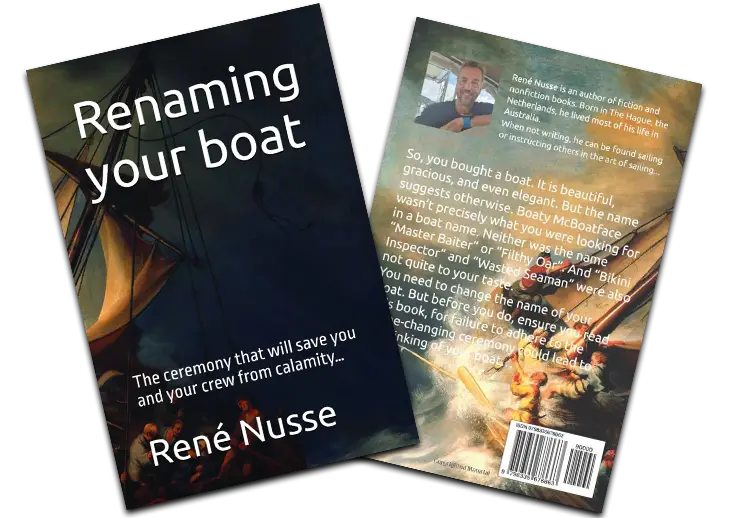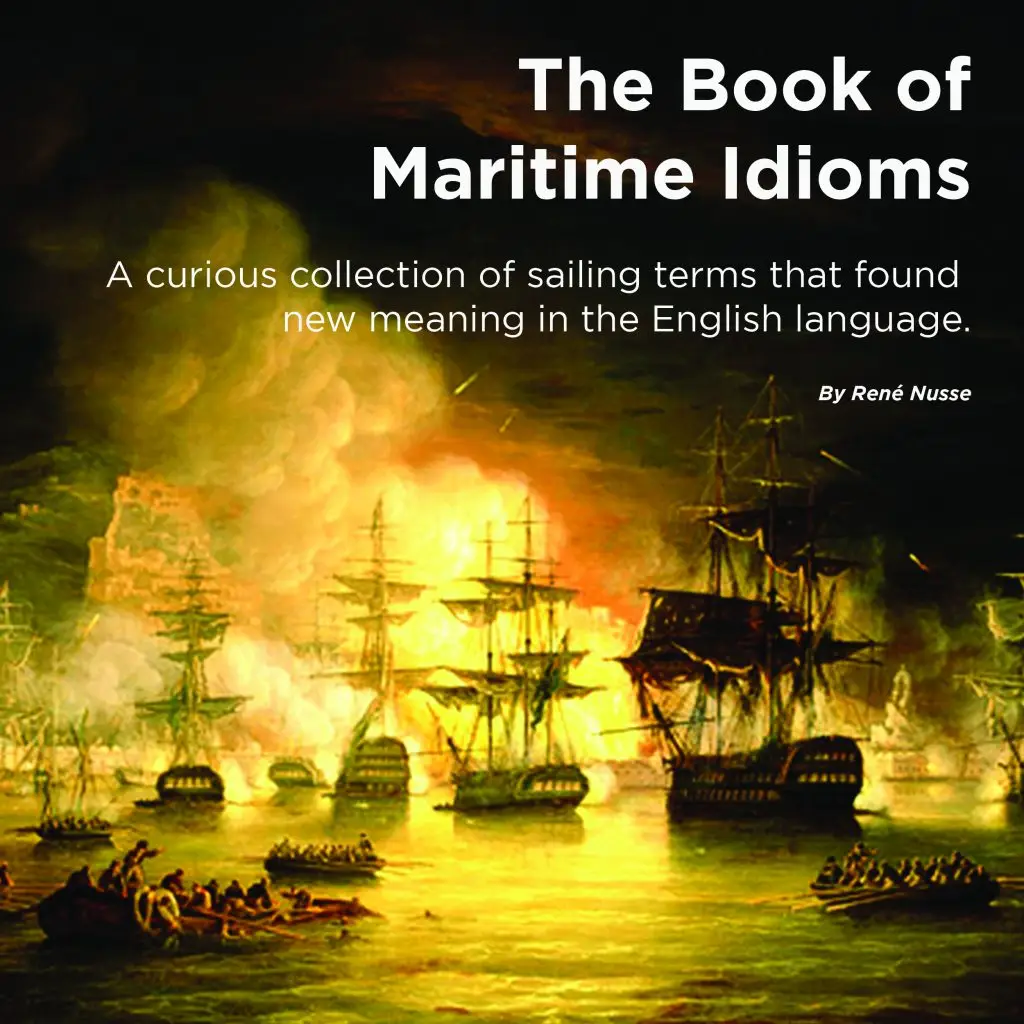Fixed vs. Folding vs. Feathering Propellers
When choosing a propeller for a sailboat or performance cruiser, one of the most critical decisions is selecting the right type: Fixed, Folding, or Feathering. Each has distinct advantages and trade-offs, particularly in terms of drag, efficiency under sail, performance under power, cost, and maintenance. Understanding their differences can significantly impact your boat’s performance, especially if you frequently sail in light winds or race competitively.
As a sidenote, in a more commercial setting. “props” are referred to a “screws” but mean the same thing…
So, let’s break down each type of “screw” in detail:
1. Fixed Propellers
Description:
Fixed-blade props are the standard, simplest type of prop. The blades are permanently fixed in a position optimised for motoring, and they do not change their orientation relative to the flow of water.
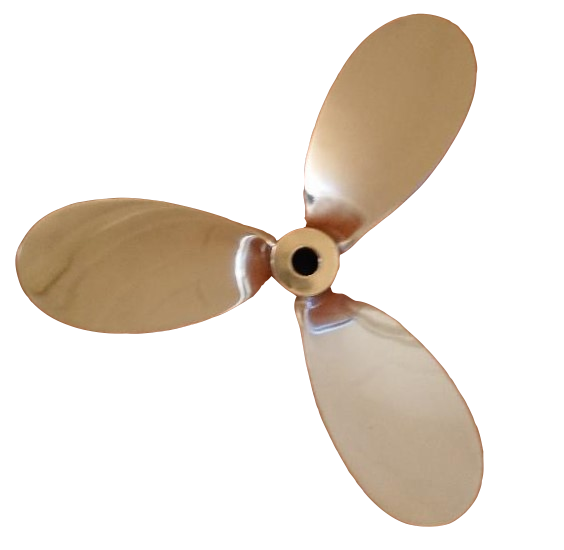
Pros:
Durability: Very robust with minimal moving parts; can last decades with basic care.
Cost-effective: Cheapest option both initially and in terms of maintenance.
Reliable Performance Under Power: Generally provides strong thrust, good manoeuvrability, and no mechanical complications.
Maintenance: Easy to inspect and service.
Cons:
Drag Under Sail: Fixed props cause considerable drag when sailing, slowing the boat, particularly noticeable in light wind.
Performance Penalty: Increased drag can decrease sailing speed by 0.5 to 1.5 knots, depending on conditions.
Fuel Efficiency: More drag means the engine may have to work harder at times, resulting in increased fuel consumption.
Best for:
Cruisers prioritise simplicity, reliability, and lower cost.
Boats that motor more often than they sail.
2. Folding Propellers
Description:
Folding props have blades that fold backwards like flower petals when the boat is sailing. Under engine power, centrifugal force throws the blades outward into an operating position.
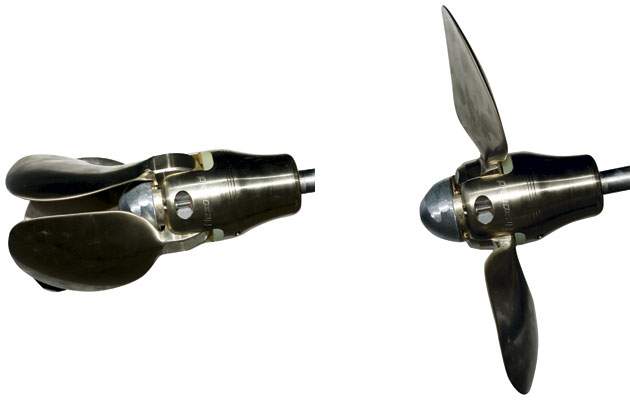
Pros:
Minimal Drag Under Sail: When folded, they produce very little drag, which is excellent for performance-oriented sailors.
Improved Sailing Performance: Especially noticeable for racing sailboats, multihulls, or fast cruisers.
Cleaner Look: Less chance of snagging weed or debris when folded.
Cons:
Thrust Limitations: Folding props can be slightly less efficient under power compared to a good fixed or feathering prop, especially when manoeuvring at low speeds.
Reverse Performance: Often weaker in reverse gear, with less “bite,” making docking and tight manoeuvres trickier.
Cost and Maintenance: More expensive than fixed props due to the increased number of moving parts that require maintenance.
Vulnerability: Folding mechanisms can sometimes be jammed by barnacles, marine growth, or damage.
Best for:
Racing sailors or performance cruisers.
Sailors who prioritise sailing speed over motoring power.
3. Feathering Propellers
Description:
Feathering props have blades that rotate to align nearly edge-on to the water flow while sailing, significantly reducing drag. Under power, the blades adjust to an optimal pitch, driving the boat efficiently.
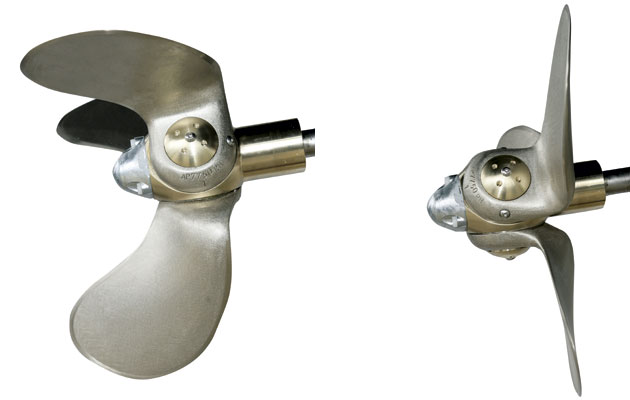
Pros:
Excellent Under Sail: Drastically reduces drag like a folding prop.
Efficient Under Power: Maintains nearly the whole thrust of a fixed prop, offering strong forward and reverse performance.
Customizable Pitch: Some feathering props allow for fine-tuning blade pitch for better fuel economy or speed.
Reliable Reverse: Superior reverse thrust compared to folding props, great for docking.
Cons:
Cost: Typically, the most expensive option.
Complexity: More moving parts mean more maintenance and potential failure points.
Maintenance Needs: Requires regular checks, greasing, and possibly occasional rebuilding.
Vulnerability to Fouling: Moving parts can jam if fouled by growth or debris.
Best for:
Sailors who want both high sailing performance and excellent motoring control.
Cruisers who dock frequently and value a strong reverse thrust.
High-end performance cruisers and racers.
Key Comparison Table
| Feature | Fixed | Folding | Feathering |
|---|---|---|---|
| Drag Under Sail | High | Very Low | Very Low |
| Power Performance | Excellent | Good | Excellent |
| Reverse Efficiency | Excellent | Fair to Poor | Excellent |
| Cost | Low | Medium to High | High |
| Maintenance | Low | Medium | High |
| Durability | Very High | Medium | Medium |
| Best Use | Budget cruising, heavy motoring | Racing, performance sailing | High-performance cruising, heavy docking |
Final Thoughts
Choosing the right propeller comes down to how you prioritise performance, reliability, and budget:
If you mostly motor and prioritise simplicity, a fixed prop is the way to go.
If you sail competitively or love squeezing out every fraction of a knot while under sail, a folding prop offers significant benefits.
If you need both sailing performance and reliable motoring — powerful reverse thrust for docking — a feathering prop may be worth the investment.
- Maintaining your prop is essential, so regular inspections are vital for effective and efficient operation. Fouling causes drag and may impede your prop from folding to feather, increasing drag even more. Read more about maintaining your propeller.
No matter which type you select, regular maintenance and understanding your prop’s behaviour are critical to keeping your boat performing at its best.
Author
-

Rene is a keelboat instructor and sailing coach in the Mandurah area WA. He is also the author of several books about sailing including "The Book of Maritime Idioms" and "Renaming your boat".
View all posts

